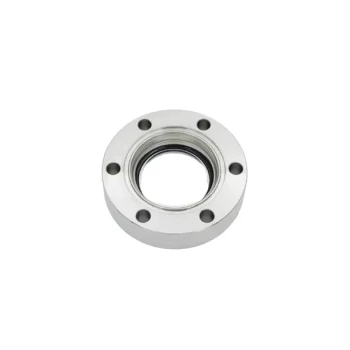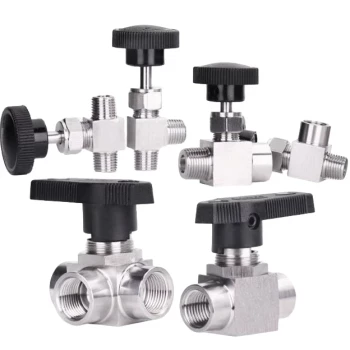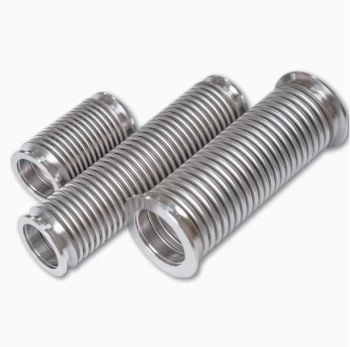Tube and box furnaces are versatile heating systems used across various industries and research fields due to their ability to achieve precise temperature control and uniform heating. Tube furnaces, with their cylindrical design, are ideal for processes requiring controlled atmospheres or continuous material flow, while box furnaces, with their cubical chambers, excel in batch processing of larger or irregularly shaped samples. Both are employed in sectors like materials science, metallurgy, ceramics, chemical engineering, and dentistry, supporting processes such as annealing, sintering, calcination, and thermal decomposition. Their adaptability makes them indispensable in both industrial and academic settings.
Key Points Explained:
-
Industrial Applications
- Metallurgy & Materials Science:
- Tube furnaces are used for annealing, brazing, and sintering metals and alloys.
- Box furnaces handle hardening, tempering, and stress-relief treatments for steel and other metals.
- Chemical Engineering:
- Tube furnaces facilitate chemical vapor deposition (CVD) and synthesis of resins, dyes, and rubber.
- Box furnaces support calcination and thermal decomposition of chemical compounds.
- Metallurgy & Materials Science:
-
Academic & Research Settings
- Universities and labs use tube furnaces for controlled experiments in materials science, such as nanoparticle synthesis or catalyst testing.
- Box furnaces are common in ceramics research, enabling precise firing of clay, glass, and advanced materials like (ceramic heating elements)[/topic/ceramic-heating-element].
-
Dental & Medical Fields
- Specialized dental furnaces (a subset of box furnaces) fire porcelain crowns and bridges.
- Tube furnaces may assist in sterilizing equipment or processing biocompatible materials.
-
Ceramics & Electronics Manufacturing
- Both furnace types sinter ceramics, with box furnaces often used for larger batches.
- Tube furnaces are critical for semiconductor processing, such as wafer annealing.
-
Food & Pharmaceutical Industries
- Tube furnaces sterilize packaging or dry food products.
- Box furnaces ensure uniform heat for baking or drying processes.
-
Key Features Driving Adoption
- Programmability: Precise temperature ramping and cooling rates for reproducibility.
- Durability: Robust designs with (ceramic heating elements)[/topic/ceramic-heating-element] ensure long-term reliability.
- Versatility: Compatible with inert, oxidizing, or reducing atmospheres.
-
Emerging Trends
- Integration with automation for high-throughput industrial applications.
- Energy-efficient designs to reduce operational costs in large-scale manufacturing.
Whether in a lab crafting advanced ceramics or a factory hardening turbine blades, these furnaces bridge the gap between theoretical research and practical production. Their silent role in shaping everyday materials—from smartphone screens to dental implants—highlights their foundational importance in modern technology.
Summary Table:
| Setting | Tube Furnace Applications | Box Furnace Applications |
|---|---|---|
| Metallurgy | Annealing, brazing, sintering metals/alloys | Hardening, tempering, stress-relief treatments |
| Chemical Engineering | CVD, resin/dye synthesis | Calcination, thermal decomposition |
| Academic Research | Nanoparticle synthesis, catalyst testing | Ceramics firing, glass research |
| Dental/Medical | Sterilization, biocompatible material processing | Porcelain crown/bridge firing |
| Electronics | Semiconductor wafer annealing | Batch sintering of ceramics |
| Food/Pharmaceuticals | Sterilizing packaging, drying food | Uniform baking/drying processes |
Upgrade your lab or production line with KINTEK’s advanced furnace solutions! Our tube and box furnaces are engineered for precision, durability, and deep customization to meet your unique thermal processing needs—whether for industrial-scale metallurgy or cutting-edge materials research. Contact our experts today to discuss tailored solutions for your application!
Products You Might Be Looking For:
Explore rotary tube furnaces for continuous processing High-vacuum observation windows for real-time monitoring Energy-efficient vacuum heat treat furnaces Durable MoSi2 heating elements for extreme temperatures Advanced MPCVD systems for diamond synthesis



















